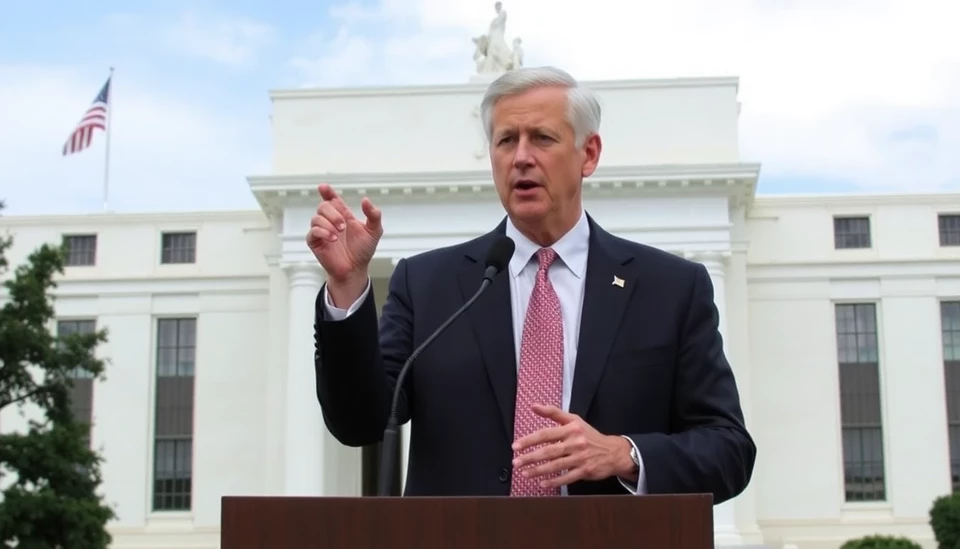
Federal Reserve Chair Jerome Powell's approach to economic policy under the Trump administration showcases a marked divergence from the Federal Reserve's 2016 strategies. This significant difference is fueled by the shifting economic landscape and evolving priorities as Powell navigates the complexities of interest rates, inflation, and the looming specter of recession.
As the Fed embarks on a path to manage current economic conditions, Powell finds himself grappling with a post-pandemic economy characterized by volatile inflation rates and unpredictable job growth. This situation contrasts sharply with the economic environment of 2016, when the Fed sought to raise interest rates amid more stable conditions. At that time, the Fed's cautious approach was centered around a clear pathway to normalization following the extensive measures implemented during the 2008 financial crisis.
Under President Trump, the Fed was faced with a unique set of challenges, including persistent pressure from the then-President to lower rates further. Trump advocated aggressively for easing monetary policy, framing it as a necessary boon for economic growth. In contrast, Powell's current challenge is to maintain credibility and independence amidst political pressures, while also addressing the realities of today's economic complexities.
This backdrop has compelled Powell to adopt a more deliberate pace regarding interest rates, illustrating a preference for caution over haste. His communication strategies have been tailored to project a sense of stability and transparency, aimed at reassuring markets that the Fed is committed to its dual mandate of controlling inflation and promoting maximum employment.
Analysts suggest that Powell's leadership style and decision-making reflect lessons learned from previous political dynamics. By refusing to align closely with any administration's economic rhetoric, he aims to preserve the Fed’s autonomy and resist inflationary pressures that could arise from a politicized approach to monetary policy.
The current climate, characterized by ongoing economic uncertainty and geopolitical tensions, particularly related to supply chain disruptions and energy prices, reinforces the need for the Fed to remain vigilant. It has led to heated debates among economists and policymakers regarding the appropriate trajectory for interest rates. Some argue for aggressive action to curb rising inflation, while others caution against measures that could stifle growth in a fragile recovery period.
As Powell continues to navigate these uncertain waters, critics point to the divisions within the Fed's policy-making body, which reflect a broader struggle to balance the often conflicting demands of economic growth and inflation control. The outcome of these decisions will have lasting implications for the U.S. economy and the Fed’s reputation in the months and years to come.
In summary, Powell's distinct departure from previous policies during Trump's presidency emphasizes his commitment to an independent Fed, able to respond constructively to modern economic challenges, while steering clear of political machinations that could undermine its credibility.
As we look forward, it remains to be seen how Powell will continue to balance these intricate dynamics, ensuring that the Fed remains responsive to economic realities without compromising its foundational principles.
#FederalReserve #JeromePowell #EconomicPolicy #Trump #InterestRates #Inflation #MonetaryPolicy #Economy #Recession #FedIndependence
Author: Daniel Foster




